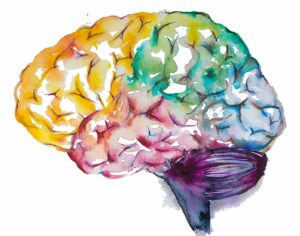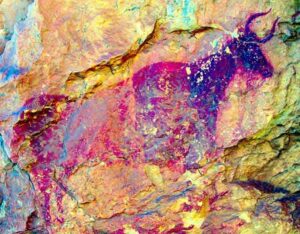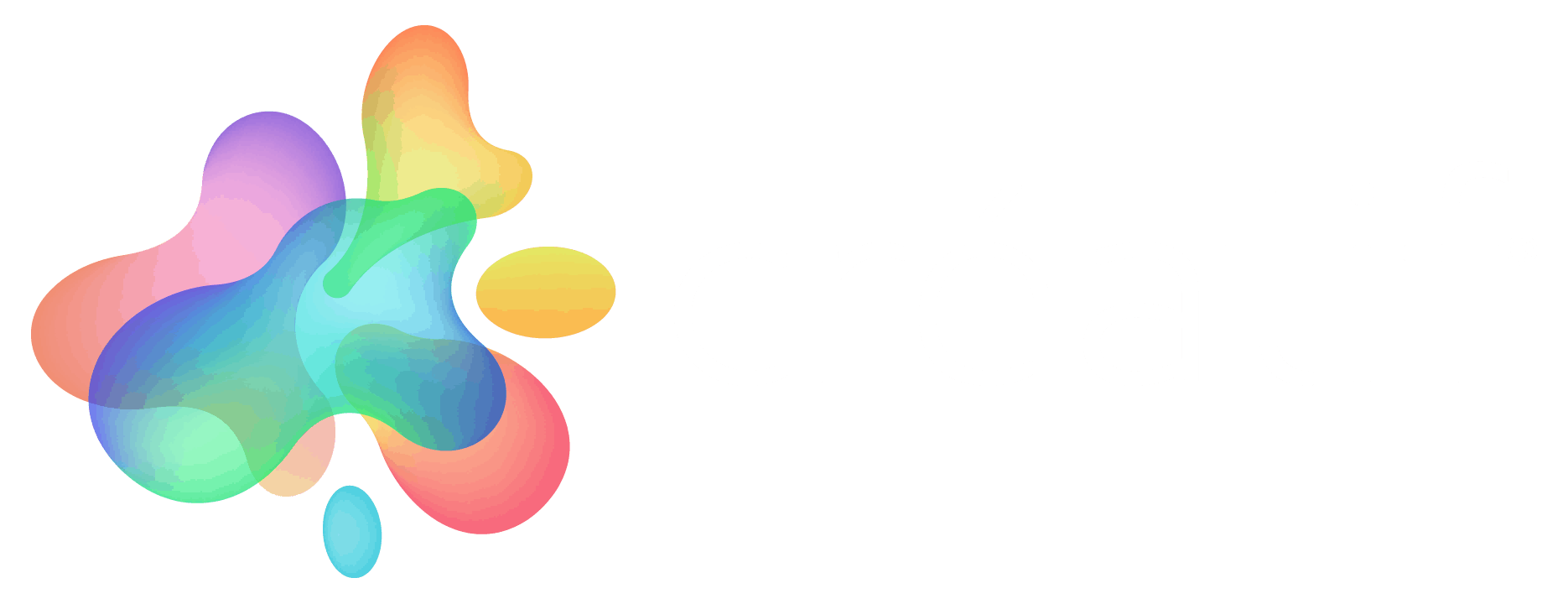Even before we had a word for “Blue”, people have been creating art. From early humans in caves, to the classic renaissance painters, ever wonder why humans have felt the need to create art?

Turns out there is a really interesting explanation. According to David Sousa, a former superintendent, educational consultant, and the author of How the Brain Learns, “Certain brain areas respond only to music while others are devoted to initiating and coordinating movement from intense running to the delicate sway of the arms…These cerebral talents are the result of many centuries of interaction between humans and their environment, and the continued existence of these talents must indicate they contribute in some way to our survival.
In those cultures without reading and writing, the arts are the media through which that culture’s history, mores and values are transmitted to the younger generations and perpetuated. They also transmit more basic information necessary for the culture’s survival, such as how and what to hunt for food and how to defend the village from predators. Here, art becomes an important force behind group survival.”

So what happens to our brains when we create something? Check out what happens when three artists are connected to brain wave reading machines at the “Your Brain on Art” event, a collaboration between UH’s Non-Invasive Brain Machine Systems Laboratory and Blaffer art Museum that seeks to understand what happens in the brain as people create and contemplate art:

